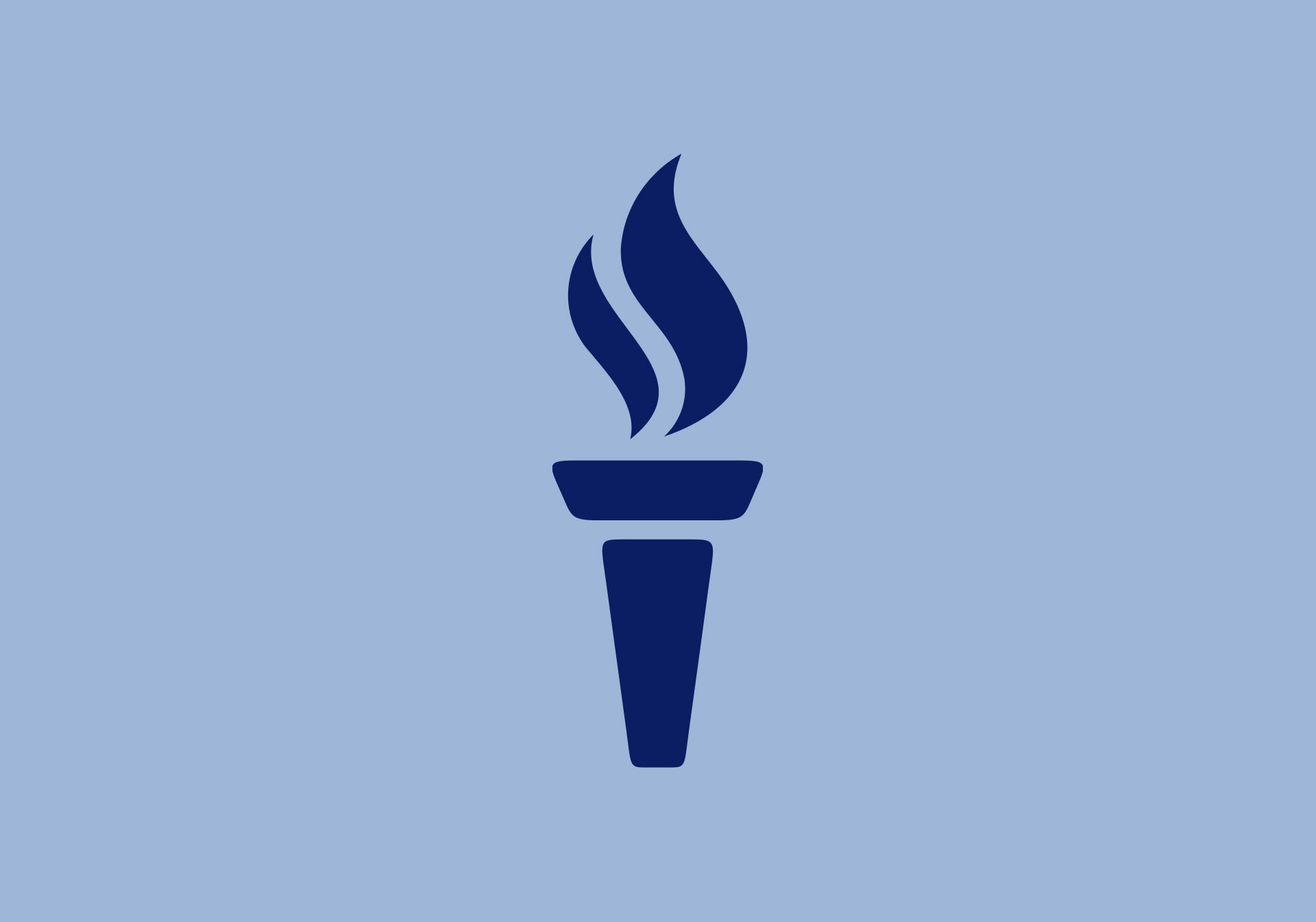JLF’s Director of Education Studies, Terry Stoops, analyzes the issue of quality versus quantity in education as it relates to North Carolina’s high school graduation rate. While a higher graduation rate represents progress on the surface, a closer look reveals a nagging quality issue.
In 2011, the College Board asked recent high school graduates to evaluate their academic preparation for life after high school. In the report that followed, One Year Out, researchers reported that nearly seven out of 10 students said that graduating from high school was easy. Only about half of the respondents believed that their high school did a good job of preparing them for life after high school.
The College Board also reported that two- and four-year colleges required 24 percent of those surveyed to take one or more remedial courses. Individual state results are even more telling. In 2007, the N.C. Community College System required just over half of prior-year graduates to enroll in a remedial English, reading, or math course. By 2011, that percentage increased to a staggering 65 percent.
For many, rising graduation rates suggest that our public schools are improving. But quantity is not the same as quality. Graduation rates are worthless if public schools fail to provide high school graduates knowledge and skills that allow them to be successful in any postgraduate endeavor they choose.
